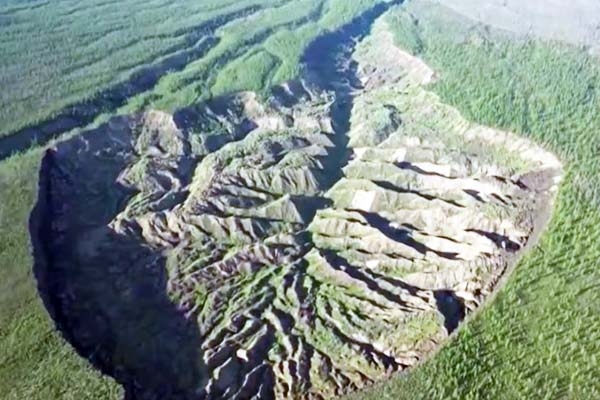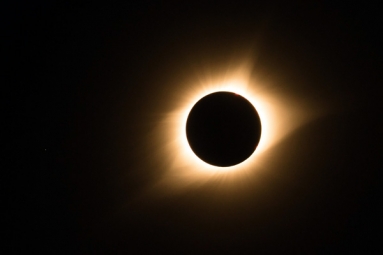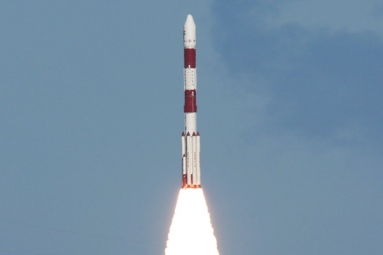
(Image source from: REUTERS)
Scientists have found a Gateway to Hell, a giant hole in Siberia in 1960. As per the recent report, the giant hole is expanding faster than anticipated, that is because of the climatic changes. The giant hole is located in the freezing Yana Highlands 200 acres and 300 feet deep.
The giant hole is in the horseshoe crab shape. According to scientists, the size has tripled in 30 years. The hole is continuing to expand at a speed. Experts are looking into the pit to learn everything about the hole, as per scientists the hole is even visible from space.
Speaking to the Business Insider, Roger Michaelides, a geophysicist at Washington University said that it is a mega slump and said it has frozen dust underground. He said, “You're talking mostly about frozen dirt underground, which by definition you often can't see unless it's been exposed somehow, like in this mega slump.” Even if they are a tenth or a hundredth the size of Batagaika, the physics is fundamentally the same, “ he added.
In 1960, the hole was barely visible from the satellite and now after the triple size, the images are clear.
According to Business Standard, if the carter continues to expand there will be erosion that affects the local habitats. It is also estimated that 4000 to 5000 tons of carbon are emitted every year further causing greenhouse gas emissions. This also can lead problem to the lively hood in the surrounding regions.
The expansion is a real threat to the nearby areas. Nikita Tananaev a researcher from the Melnikov Permafrost Institute said that the ecosystem will be hampered, where the Yana River will also disrupt and there will be ecological change and disruption in the local habitats.
Researchers also claim that this will lead to climate change and the formations of the Arctic evolve, which hints that the landscape of our planet is changing.
According to the research, the Siberian massive Batagaika Crater is expanding at a rate of 35 million cubic feet each year and currently is 1km (0.6 mi) long and 800 (0.5 mi) wide.
Batagaika is a hint of the rapid change in the warming air temperature. As the edges of the hole are collapsing, the canopies of trees shield it from the sun. The carbon release will further increase the atmospheric warming of the region.










